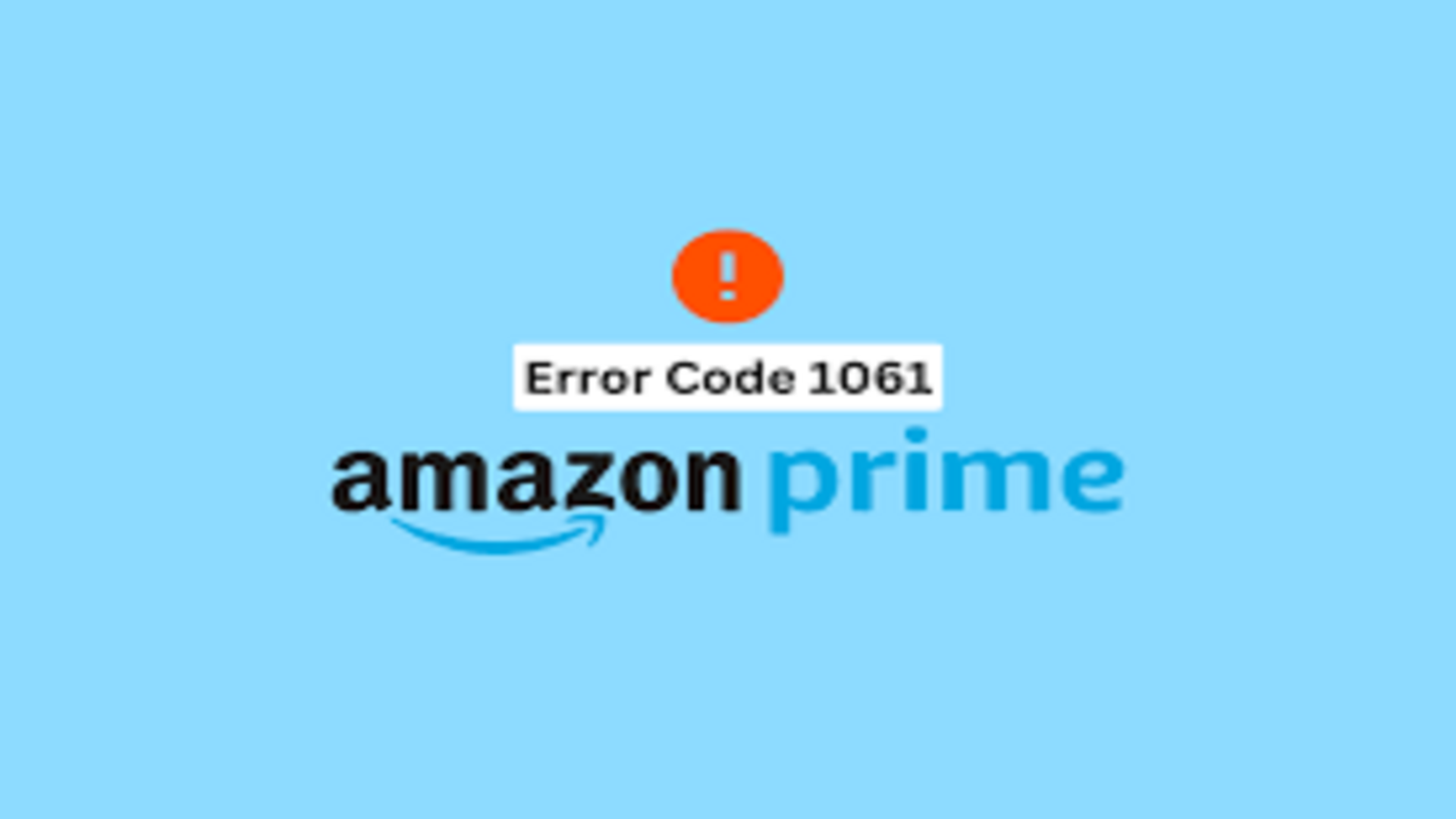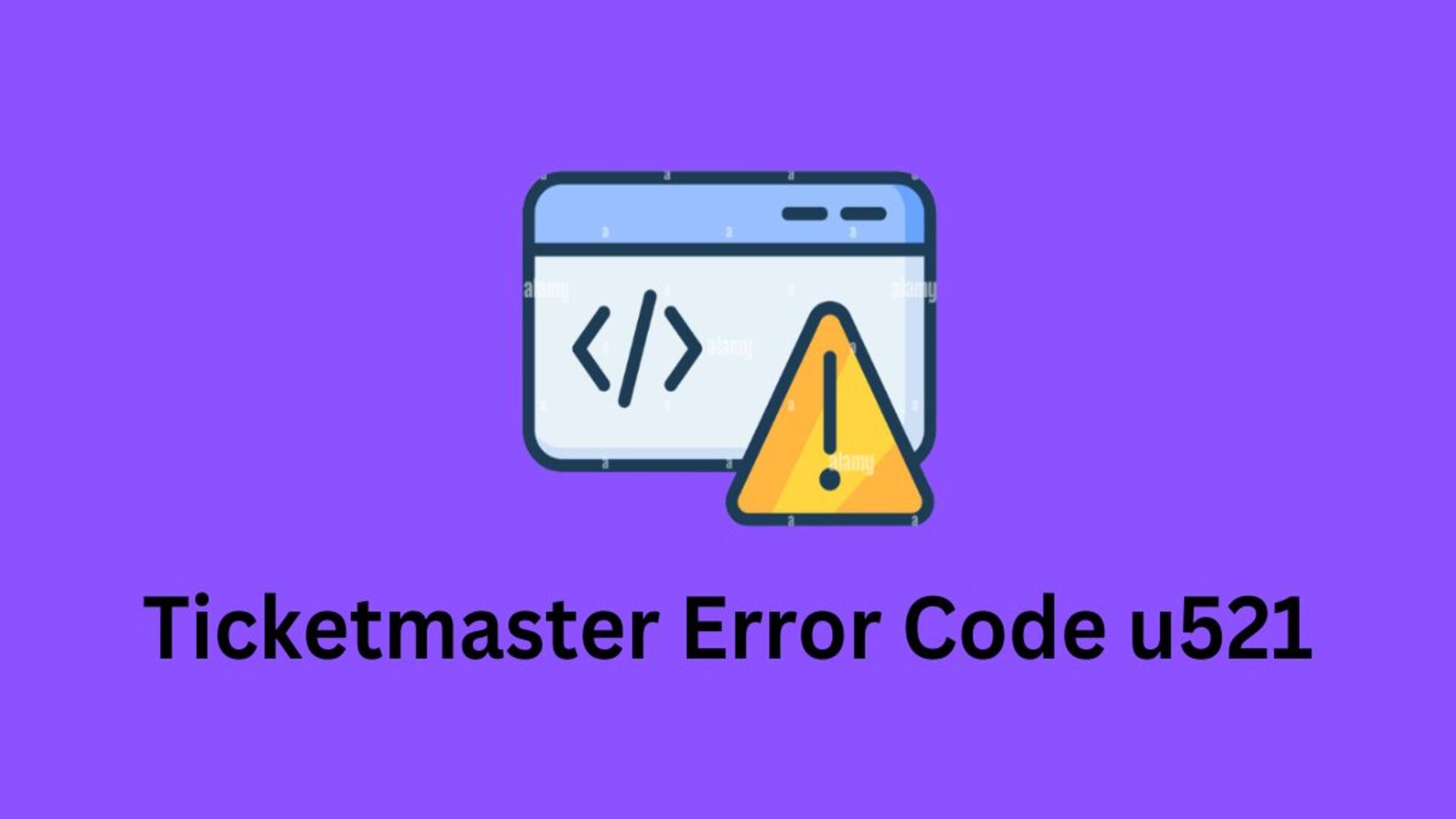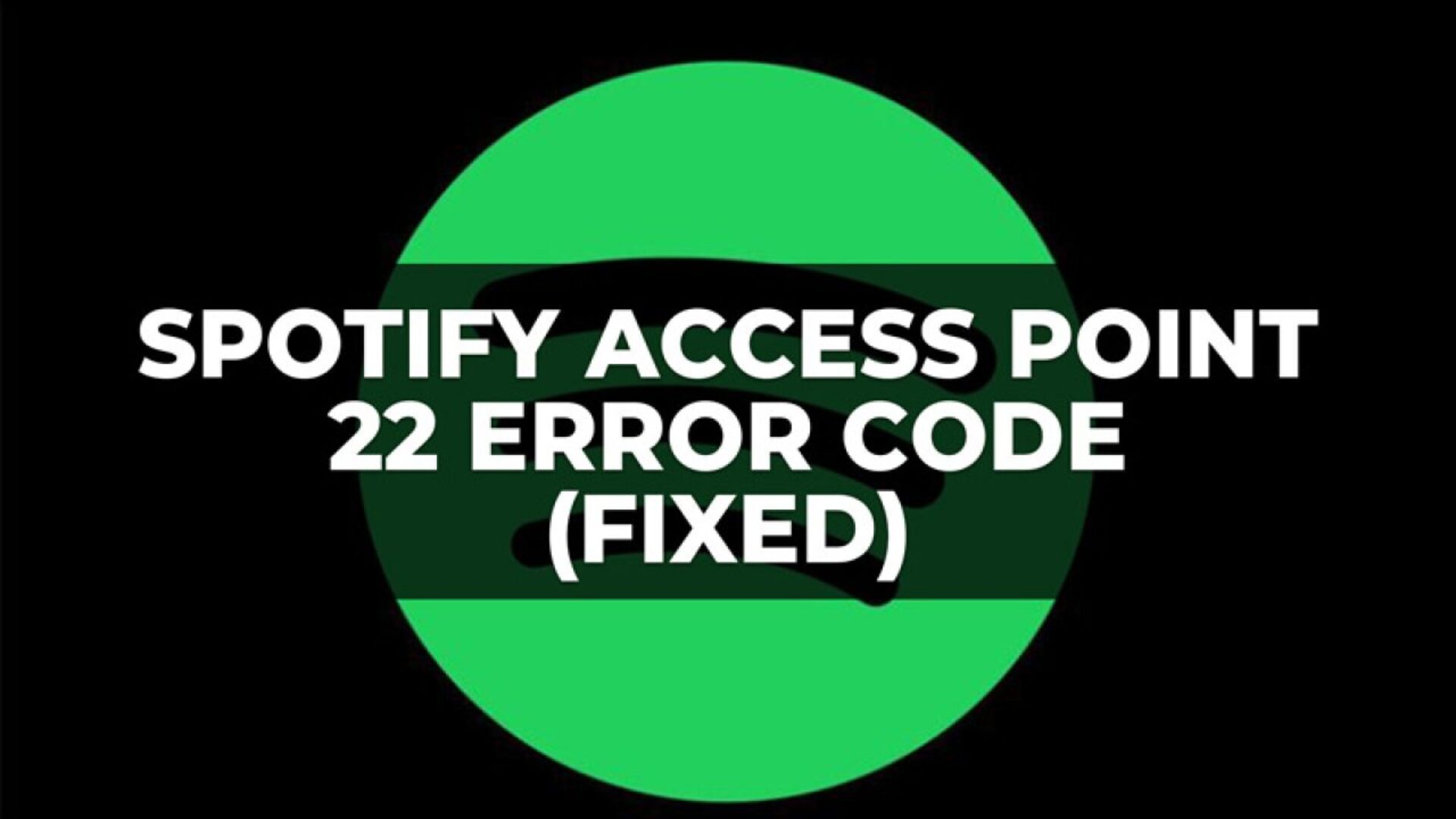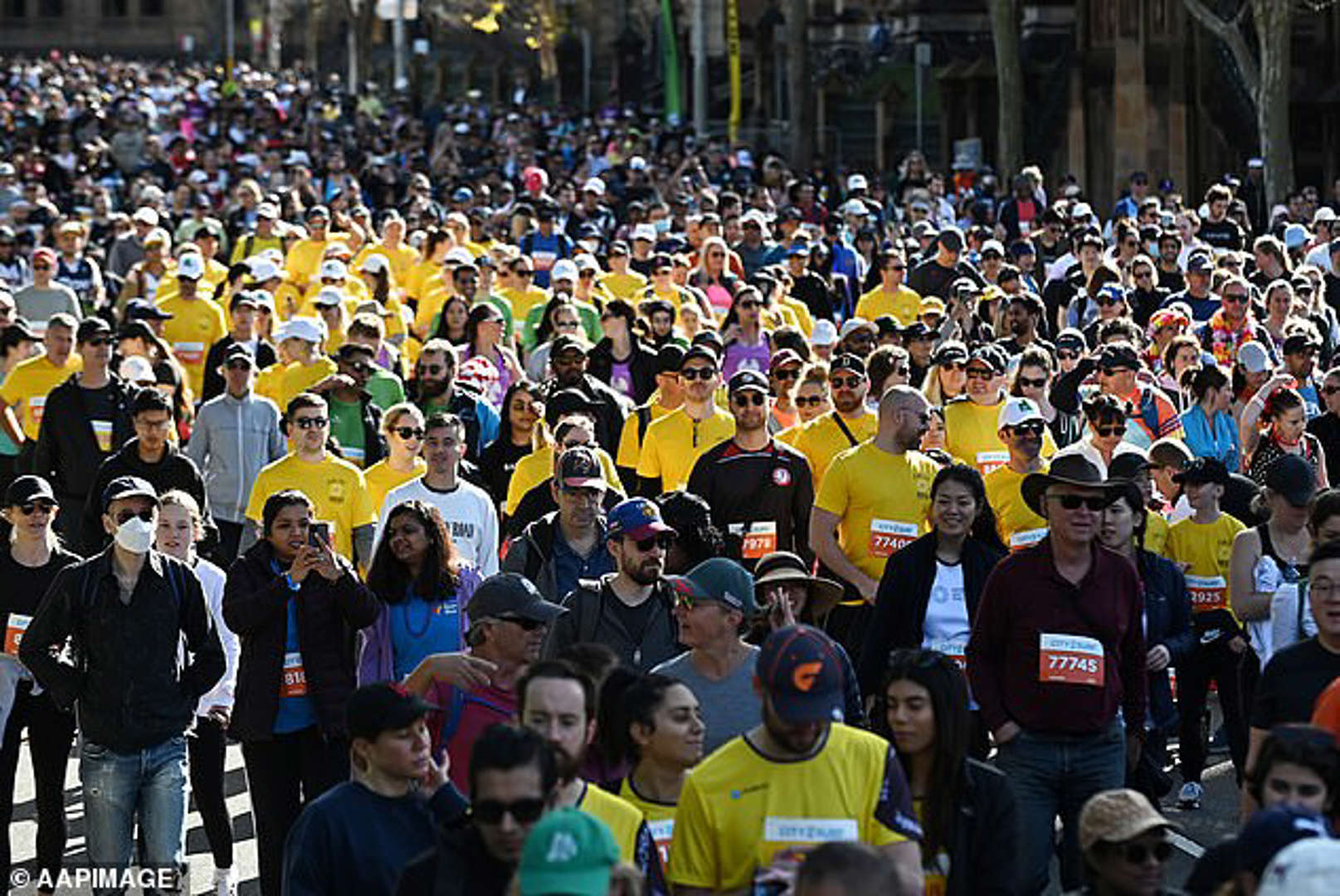
In the world of programming, where every line of code is meticulously crafted to create intricate software, the presence of errors is an inevitable reality. Among these, semantic errors hold a special place due to their subtle yet impactful nature. In Chapter 70 of our exploration into programming intricacies, we delve into the realm of semantic errors – those elusive mistakes that can cause programs to function incorrectly, despite compiling successfully.
Contents
- 1 1. Understanding Semantic Errors: Unveiling the Puzzle
- 2 2. The Silent Culprits: Identifying Common Semantic Errors
- 3 3. The Art of Prevention: Mitigating Semantic Errors
- 4 4. Navigating the Debugging Odyssey: Taming Semantic Errors
- 5 5. Conclusion: The Ever-Evolving Challenge of Semantic Errors
- 6 Frequently Asked Questions
1. Understanding Semantic Errors: Unveiling the Puzzle
Semantic errors are the kind of programming mistakes that don’t result in syntax errors or compile-time failures. Instead, they lead to unexpected behaviors during runtime, making them a challenge to detect and rectify.
2. The Silent Culprits: Identifying Common Semantic Errors
2.1 Type Mismatches: When Data Doesn’t Align
One of the most prevalent semantic errors arises from type mismatches. This occurs when data of one type is used inappropriately within a context that expects a different type.
2.2 Logic Flaws: Where Reasoning Goes Astray
Logic flaws constitute another category of semantic errors. These occur when the logical structure of the code doesn’t accurately represent the intended functionality, leading to unintended outcomes.
Variables that are not properly initialized before use can lead to unpredictable behavior. Understanding when and how variables should be initialized is crucial to avoid these errors.
3. The Art of Prevention: Mitigating Semantic Errors
3.1 Code Reviews: A Second Set of Eyes
Code reviews play a pivotal role in identifying potential semantic errors. Fresh perspectives can often uncover mistakes that the original coder might have missed.
3.2 Testing Suites: Unveiling Hidden Flaws
Comprehensive testing, including unit tests and integration tests, can help unveil semantic errors that surface under specific conditions.
3.3 Static Analysis Tools: Leveraging Automation
Static analysis tools scan codebases for potential semantic errors, assisting developers in catching mistakes even before runtime.
4.1 Debugging Techniques: Patience and Perseverance
Debugging semantic errors requires a different approach than fixing syntax errors. It involves tracing the logic, inspecting variable values, and isolating the source of unexpected behavior.
4.2 Rubber Duck Debugging: Explaining to Learn
The rubber duck debugging technique involves explaining your code to an inanimate object, forcing you to break down the logic step by step. This often leads to self-discovery of semantic errors.
5. Conclusion: The Ever-Evolving Challenge of Semantic Errors
In the intricate landscape of programming, semantic errors stand as a testament to the complexity of human-constructed systems. Their elusive nature challenges developers to continuously improve their skills and methodologies, fostering a community of perpetual learners.
Frequently Asked Questions
Q1: Are semantic errors the same as syntax errors?
A: No, semantic errors differ from syntax errors. While syntax errors are detected by the compiler, semantic errors manifest during runtime and affect the logic of the program.
Q2: How can I prevent type mismatches?
A: To prevent type mismatches, ensure that you use appropriate type conversions and follow best practices for data manipulation.
Q3: Can semantic errors lead to security vulnerabilities?
A: Yes, in some cases, semantic errors can lead to security vulnerabilities by allowing unintended access to data or system manipulation.
Q4: Is it possible to completely eliminate semantic errors?
A: While it’s challenging to eliminate all semantic errors, diligent testing, code reviews, and the use of automated tools can significantly reduce their occurrence.
Q5: What’s the significance of Chapter 70 in this context?
A: Chapter 70 serves as a comprehensive exploration of semantic errors, shedding light on their complexities and offering insights into mitigation strategies.











































































